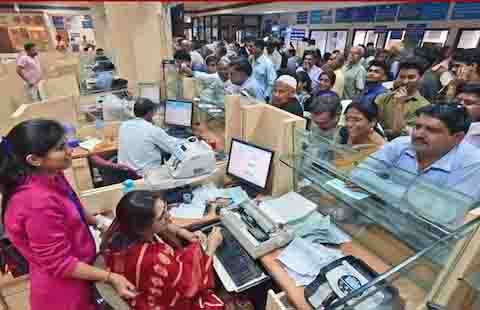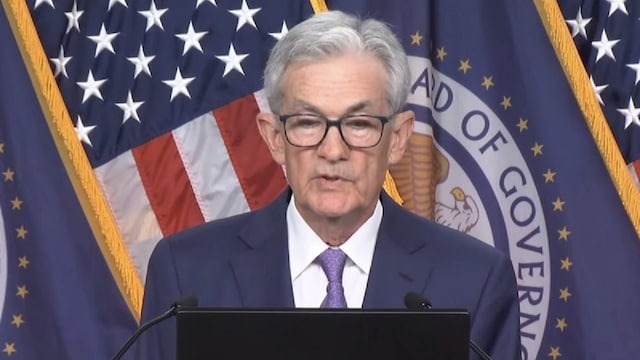
New Delhi. India is one of the fastest-growing economies in the world, but generating employment is also a big challenge. The growth rate has been boosted by the government's high spending on infrastructure, but the economic balance is deteriorating due to a decrease in private investment and slow growth in bank deposits. Banks will be able to give loans only when they have enough money to distribute loans. However, the lack of deposits and uncontrolled rules for distributing loans have slowed down economic growth. Amidst all this, the investment of household savings is increasing in the stock market and capital market. There is a need to understand how this entire development can affect India's economic development and economy.
A detailed report has been published in the Indian Express about this. In this report, this development has been synchronized based on data. According to World Bank data, the unemployment rate among youth has reached 17 percent. At the same time, a decrease has also been seen in private investment. This investment is measured by private fixed capital formation (GFCF). In the fourth quarter of FY 2024, this investment came down to 6.46 percent, which was 9.7 percent in the previous quarter.
The Economic Survey 2023-2024 stated that between FY 2019 and FY 2023, the share of non-financial private companies in total GFCF grew by only 0.8 percent. This survey made it clear that now the private sector needs to come forward and take over the reins of the economy.
One of the main reasons for the lack of investment in the private sector is the decreasing ability of banks to take risks by lending to the private sector. This is a worrying trend because according to a report by S&P Global, the annual growth rate of loans is expected to decline to 14 percent in the current financial year, from 16 percent in the previous financial year.
There is a huge deposit crisis.
Bank credit plays an important role in maintaining growth in an economy like India. But for this, it is necessary that bank deposits also grow at the same rate. At present, the lack of deposits remains a big challenge for banks, which is affecting their lending capacity. This deposit-credit gap has created the worst deposit crisis of the last two decades. According to a report by HDFC Bank, in the last two years, deposit growth averaged 11.1 percent, while loan growth was 16.8 percent. Earlier, a similar situation was seen in 2018-2019, 2011-2013, and 2004-2007, when interest rates were increased by the Central Bank (RBI).
If not in banks, then where?
Reserve Bank of India Governor Shaktikanta Das also expressed concern over the slow growth of deposits in July. He said that families and consumers who traditionally relied on banks are now investing their savings in capital markets and other financial instruments. According to HDFC Bank's cross-country report, India's current per capita income level is lower in credit-GDP ratio than other Asian countries such as Thailand, Malaysia, and China.
Another reason for the decline in bank deposit growth is that domestic savings are moving towards capital markets. Indian capital markets have seen huge growth since the Covid-19 pandemic. However, it has also been clarified that the movement of domestic savings towards capital markets is not the only reason for the decline in deposits in banks, but it affects the overall deposit structure.
The HDFC Bank report also said that the reduction in government expenditure near the elections has further deepened the deposit crisis. Due to the reduction in government expenditure, the balance of government cash in the RBI has increased, which reached Rs 4.4 lakh crore in January 2024 and was above Rs 4 lakh crore in May 2024.
S&P Global said that there are early signs of the private investment cycle gaining momentum. Investment in infrastructure by the government and revival of the housing sector has attracted private investment in related sectors such as steel and cement. However, a broad-based recovery has not yet taken place.

 Desk
Desk Share
Share






